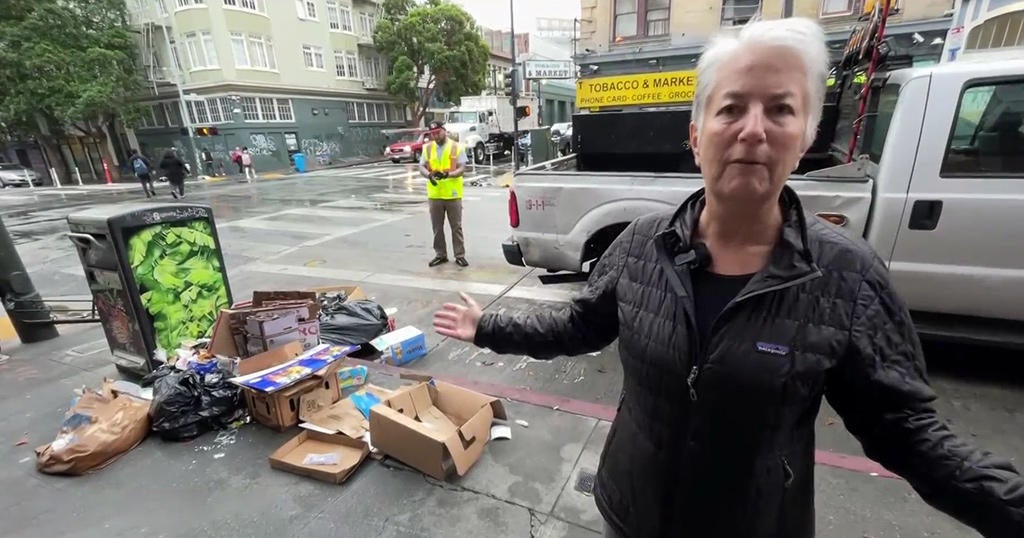Consideration on San Francisco | Columnists

There is an ongoing fixation with San Francisco. National magazines and even international newspapers have written story after story about the potential doom spiral hitting the City by the Bay and theorizing on potential causes.
In a circle-the-wagons response, local officials and residents have countered by saying it’s still a majestic place with a free and easy spirit, great outdoor spaces, and innovative arts, dining and culture. They also suggest that the city is being unfairly targeted.
It’s not an either/or situation. San Francisco can be both beautiful and inspiring and tragic and depressing at the same time. In fact, that is the case right now. There are severe issues with open drug use and sales, homeless, violence and crime. There are also issues with retailers pulling out for any number of reasons and office work not coming back.
Homelessness is not a new issue in the city, but it has gotten worse in recent years. Open drug use is the same. Crime too. Those issues are certainly not unique to the city, or any city, but it is very bad there right now. If you deny that, you are delusional. The San Francisco Sheriff’s Office just activated its emergency service unit to address the fentanyl crisis and the mayor has enlisted the help of the National Guard and California Highway Patrol.
Add in the fact that some major retailers are pulling out of the city, along with this week’s news that two of the city’s biggest hotels plan to halt payments and give up on both properties, and there are some very real issues facing San Francisco right now.
It is easy to conflate the issues as they all seem connected, and in a sense they are. But it’s more complicated than that. It always is. San Francisco has long leaned on its beauty and reputation and that was often enough — so other issues lingered without solution. The pandemic did a number on the financial district and working from home seemed to stick. Ancillary businesses suffered. Retail is also shifting and that hasn’t helped. Then the lingering issues with homelessness and drugs festered and grew, fueled by fentanyl and its horrors.
As someone who was born in San Francisco, lived there three times, and lived near it most of my life, I know the city has changed much over the years from when my father told me I wasn’t allowed to wear white shoes there after Labor Day. There are homeless people, drug use and crime. It’s life in the city.
But it was nowhere near the levels of today, where I have seen men openly masturbate or urinate in public, people shoot up drugs and openly exhibit signs of drug-induced stupors, and stolen goods openly displayed for sale. How is it that a man can be passed out in the middle of the sidewalk with his pants around his ankles and no one will help for fear of potential violence or harm? We wouldn’t allow someone with dementia or Alzheimer’s disease to wander the streets self-medicating, so why do we, as a society, allow for those with a disease — and drug addiction is a disease — waste away on those same streets?
Every person living on the street has a family and a past and a potential future; and yet, we have somehow decided that the best course of action is to let it be. It’s wrong. This is not just a crisis for the city, but a crisis for its people who find themselves addicted and living on its streets. It is a crisis for all of us.
This is one of the reasons why the Community Assistance, Recovery and Empowerment Act is important and needed. By next year, the act will compel every county in California to implement its plan to get people suffering severe psychosis and addiction into treatment through a judge’s order.
Family, medical professionals and first responders can make the request for such an order. San Francisco must set this up by Oct. 1. There have been concerns about civil liberties and freedom for those living on the street and potential for abuse of power. Yet, the current situation is no longer tenable. Nor is it humane.
Under the chatter about the potential ruination of San Francisco and its potential causes and the cross-chatter about its beauty and promise are lives of thousands of people in peril who are afflicted with a terrible disease. They need help. Let’s not forget that. When the focus is on people, then other issues tend to fall in line. I suspect that will be the case here as well.
Jon Mays is the editor-in-chief of the Daily Journal. He can be reached at jon@smdailyjournal.com. Follow Jon on Twitter @jonmays.


